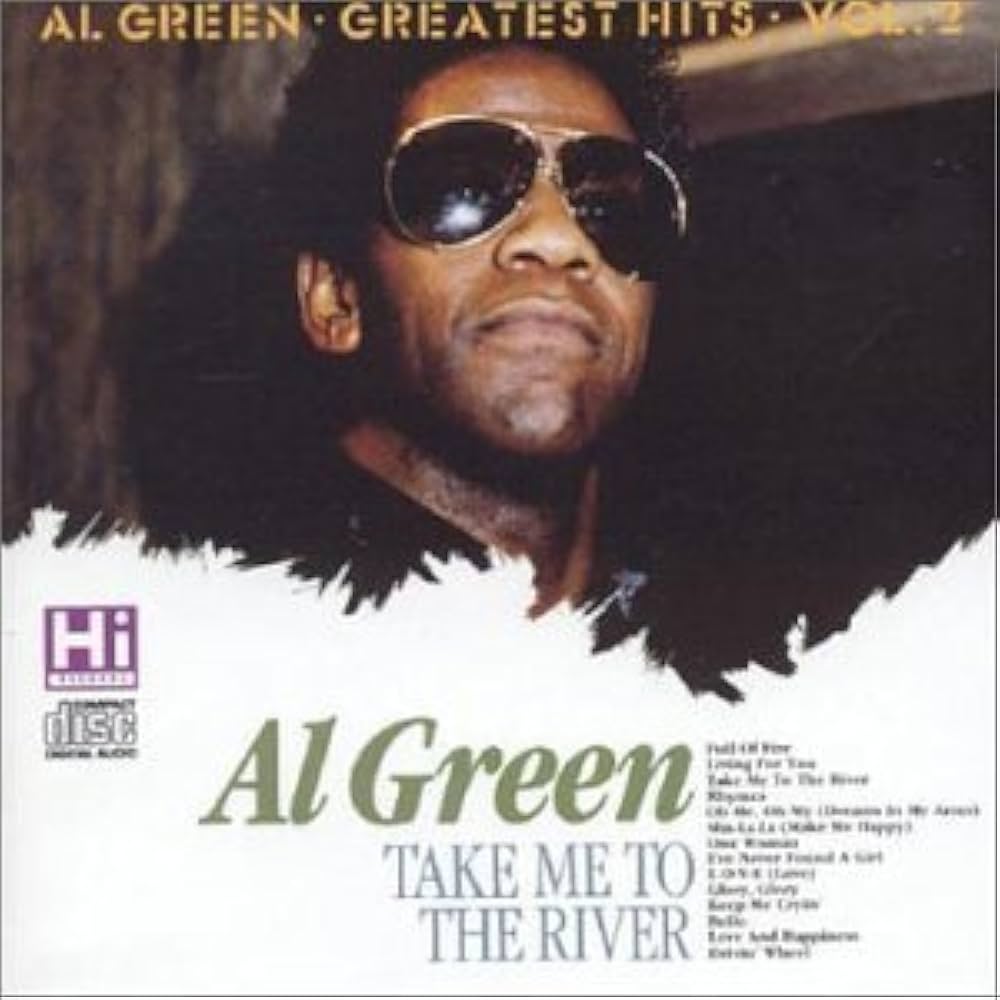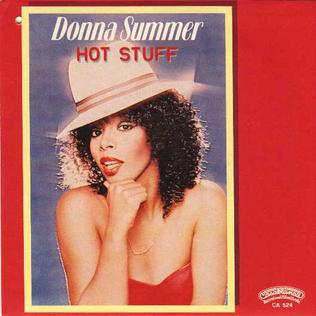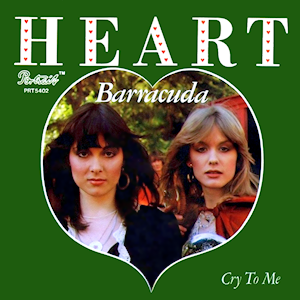“Saturday in the Park” by Chicago is more than just a song—it’s an atmosphere, a scene, a moment in time preserved forever in music. Released in 1972 as part of the band’s fourth album Chicago V, the song perfectly captures the spirit of early 1970s optimism, civic life, and communal joy. Written by keyboardist and vocalist Robert Lamm, “Saturday in the Park” is a love letter to the American experience as seen through a peaceful, sun-dappled lens. From its piano-driven melody and jubilant brass arrangements to its observational lyrics and cultural significance, the song remains a quintessential example of how music can reflect, amplify, and even immortalize a moment of simple beauty.
The origins of “Saturday in the Park” are as grounded in lived experience as the song’s subject matter suggests. According to Robert Lamm, the inspiration came from a real afternoon he spent in New York City’s Central Park on the Fourth of July. Watching people of all backgrounds enjoying the day—eating, playing music, drawing, dancing—he began to sketch out lyrics that would capture the gentle, unhurried magic of a Saturday when the world seems content to pause and revel in its own delight. The sense of shared joy in the song is palpable, evoking a time when people gathered in parks not just to relax, but to participate in a shared public life. Lamm’s ability to channel that scene into music is what gives the song its documentary-like quality. It doesn’t feel like fiction; it feels like truth.
Musically, “Saturday in the Park” is a masterclass in arranging. Chicago was always known for their fusion of rock and jazz, and this track showcases the band’s hallmark ability to combine complex orchestration with accessible, upbeat rhythms. The opening piano figure is instantly recognizable—an ascending and descending melodic line that resembles the excitement of stepping out into a bustling park full of life. Then the horns arrive, punctuating the rhythm with joyful bursts that lift the melody into something larger than life. As always with Chicago, the instrumentation is seamless; no one element overwhelms the others, and everything serves the overall emotional tone of celebration and spontaneity.
The lyrics are deceptively simple but richly evocative. Lines like “Saturday in the park / I think it was the Fourth of July” immediately place the listener in a specific setting, but also introduce an intriguing ambiguity. Is it really the Fourth of July, or is the character’s memory playing tricks? This slight fuzziness in recollection adds depth. Rather than a straightforward account, the song becomes a nostalgic impression of a time when everything seemed right in the world. That fuzziness makes the sentiment even more universal: it isn’t just Lamm’s Saturday, or Central Park’s Saturday, or even America’s Saturday—it becomes everyone’s, a collective memory we can all step into for three minutes and fifty-five seconds.
Other lyrics hint at a social consciousness just beneath the surface. The line “People talking, really smiling / A man playing guitar / Singing for us all” implies a sense of community and peaceful coexistence that was especially poignant during the early 1970s. Just a few years removed from the tumult of the 1960s—with Vietnam, civil rights marches, and assassinations—America was in desperate need of healing moments, and Chicago delivered one. The song doesn’t preach, politicize, or point fingers. It simply offers a glimpse of what’s possible when people gather not in protest or conflict, but in peace and harmony.
“Saturday in the Park” also demonstrates Chicago’s genius for integrating vocal harmonies into their sound. Lamm sings lead with a blend of grounded warmth and gentle wonder, while backing vocals by Peter Cetera and others layer in support that feels like a crowd gently humming along to a tune they already know by heart. These harmonies help construct the feeling of community, as if multiple voices are chiming in to confirm, “Yes, I was there too. I remember that day.”
The track’s cultural impact was immediate and long-lasting. Upon its release, “Saturday in the Park” climbed to number three on the Billboard Hot 100, making it one of the band’s biggest hits. It became a summer radio staple and solidified Chicago’s reputation not just as a horn-driven rock band, but as skilled chroniclers of American life and emotion. While other songs from Chicago V like “Dialogue (Part I & II)” offered more direct social commentary, “Saturday in the Park” resonated precisely because it chose to highlight the positive—an oasis of calm and camaraderie amidst a turbulent decade.
Over time, the song has come to represent not only a specific historical moment but also a recurring emotional state. Whether you were alive in the early ‘70s or discovered the song decades later, its images are instantly relatable: the laughter of children, the smell of food from vendors, couples strolling hand-in-hand, impromptu concerts, artists sketching the scene. These are experiences that transcend generation and geography. No matter where you are, there’s always a “Saturday in the park” waiting to be discovered, and this song acts like a time machine ready to take you there.
It’s worth noting how “Saturday in the Park” differs from typical summer anthems. It’s not a song about beaches, or parties, or excess. There’s no braggadocio, no lust, no narrative arc about chasing thrills. Instead, it captures the kind of mature, reflective joy that comes from simply being present. It’s about observing, participating, and appreciating life’s slow, graceful rhythm. In doing so, the song accomplishes something rare: it uplifts without escaping reality. It inspires without prescribing action. It invites rather than insists.
For a band like Chicago—often underappreciated by critics despite their massive commercial success—songs like this are testaments to their sophisticated understanding of music and emotion. Their blend of jazz-rock instrumentation, poetic lyrics, and democratic energy helped redefine what a rock band could sound like. They didn’t just plug in guitars and blast power chords; they crafted compositions that balanced thoughtfulness with accessibility, and “Saturday in the Park” is perhaps the clearest example of that achievement.
The song also plays an important role in the evolution of public music performance. While Chicago’s jazz-influenced roots were always present, “Saturday in the Park” distilled those influences into a tight, radio-friendly format that still retained its orchestral complexity. It became a concert favorite, often accompanied by actual footage of the band playing outdoors or in parks. Its live renditions usually spark audience sing-alongs, reinforcing the collective spirit at the heart of the song.
In the years since its release, “Saturday in the Park” has found a life beyond its original context. It’s been featured in films, commercials, and countless playlists themed around summer, America, or classic rock. But its real impact is perhaps more subtle. It’s the kind of song you hear while walking through a neighborhood block party or played over speakers at a farmers market on a sunny day. It exists almost ambiently in the American soundscape, often unacknowledged but always welcome. Like a good neighbor, it doesn’t call attention to itself, but it’s always there when needed.
At a time when culture often rewards spectacle and sensationalism, the enduring appeal of “Saturday in the Park” is its modesty. It doesn’t try to be everything, but what it sets out to do—capture the joy of a single afternoon—it accomplishes with perfection. There’s an almost painterly quality to the song, like a Norman Rockwell painting set to music, but with just enough modernity to make it timeless rather than dated.
Even more than five decades after its release, “Saturday in the Park” has lost none of its luster. It continues to symbolize optimism, peace, and shared joy, and its warm instrumentation and heartfelt lyrics offer a much-needed reprieve from the noise of modern life. In a world that often feels too fast, too fractured, or too cynical, the song invites us to slow down, look around, and notice the beauty that’s still there—right now, all around us, if only we’ll take a moment to really see it.
Whether you first heard it from the crackling speakers of an old AM radio, or stumbled across it in a digital playlist, or heard your parents singing along during a family road trip, “Saturday in the Park” likely made you feel like everything was going to be okay, at least for a little while. And that’s no small thing. Because sometimes, all we need is a sunny afternoon, the laughter of strangers, a bit of brass in the air, and the reassuring rhythm of a piano to remind us that life, at its best, is a shared celebration. That is the true power of this Chicago classic—and why it remains not just a song, but a sanctuary.



